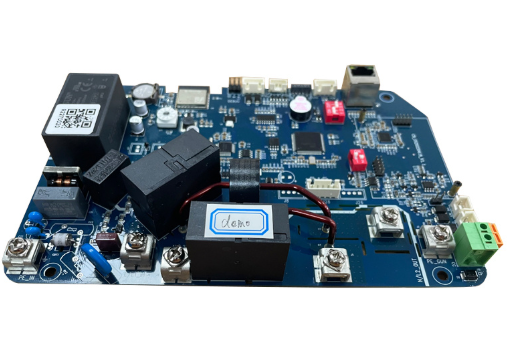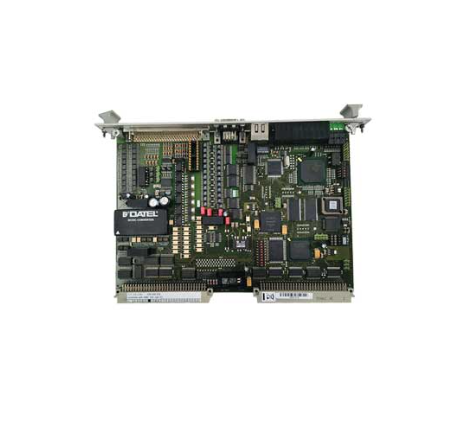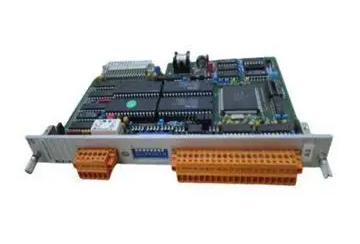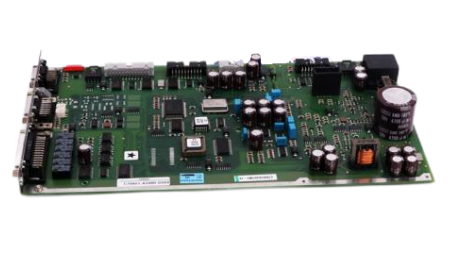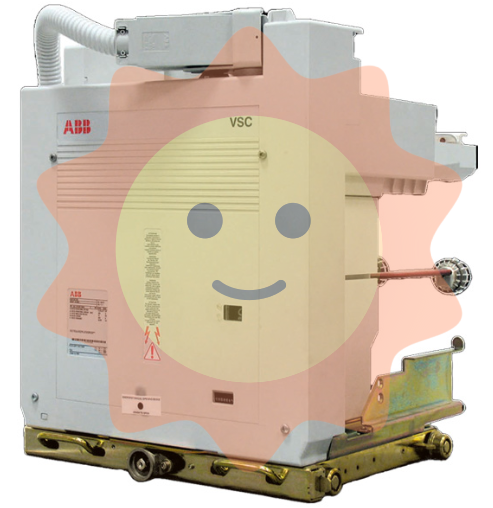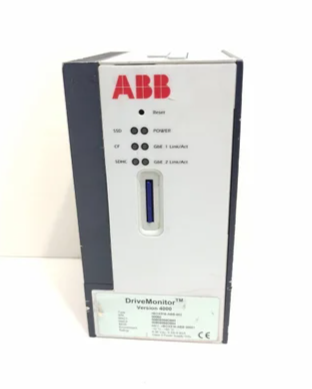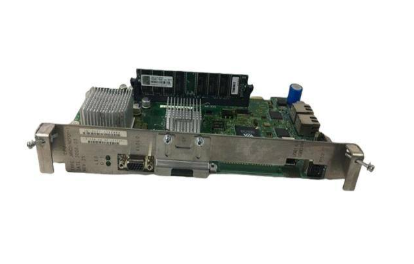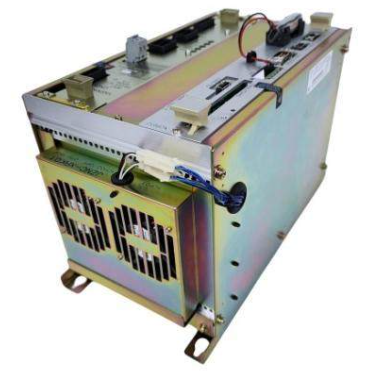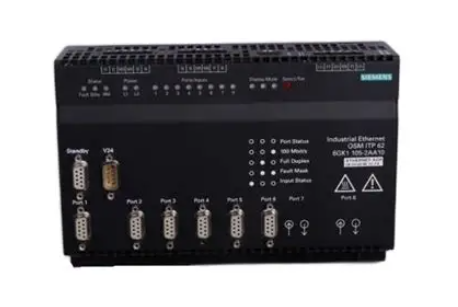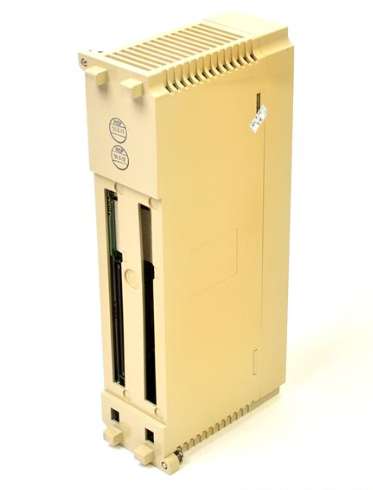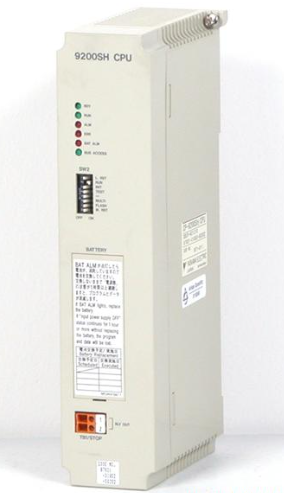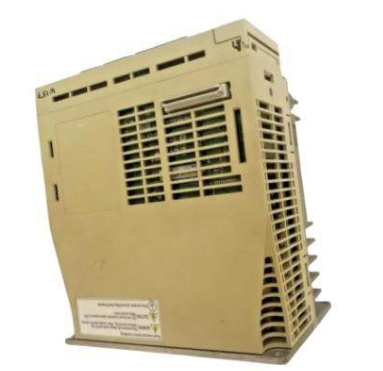What is the general method or process of organic wastewater treatment?
The characteristics of high difficulty organic wastewater:
(1) high concentration of organic matter. COD is generally more than 2 000mg/L, and some are even as high as tens of thousands or even hundreds of thousands of mg/L, relatively speaking, BOD is low, and the ratio of BOD to COD in many wastewater is less than 0.3.
(2) The composition is complex. The organic compounds in wastewater containing toxic substances are mostly aromatic compounds and heterocyclic compounds, but also contain sulfide, nitride, heavy metals and toxic organic compounds.
(3) High color, odor. Some waste water gives off a pungent odor, causing adverse effects on the surrounding environment.
(4) With strong acid and alkali. High-difficulty organic wastewater can be divided into three categories according to its nature and source:
(1) high-difficulty organic wastewater that is easy to biodegrade;
(2) Organic matter can be degraded, but contains harmful substances in the wastewater; (3) difficult-to-biodegrade and harmful high-difficulty organic wastewater.

It is necessary to select the appropriate treatment method and process combination according to the actual situation and sewage characteristics. Organic wastewater treatment generally requires the combination of physical, chemical and biological treatment and other methods, including the following methods or processes: screen filtration process: The use of screens to filter suspended particles and large particles of organic matter in organic wastewater to achieve the purpose of initial purification. Precipitation process: By adding chemical drugs to the sewage, the organic matter and suspended matter condense into larger particles, and then precipitate down to purify the sewage. Activated carbon adsorption process: Use the adsorption characteristics of activated carbon to adsorb organic matter in sewage to the surface of activated carbon to achieve the purpose of purification. Membrane separation process: The use of ultrafiltration, reverse osmosis and gas separation technology, so that organic matter and micro-particles in organic wastewater filtration separation, so as to achieve water purification and recycling. Biological treatment process: Through the use of biological bacteria to decompose organic matter in organic wastewater, so as to remove organic matter and pollutants in wastewater, to achieve the purpose of purification. Common biological treatment methods include active pool method, biofilm method, biological fluidized bed method, etc.

For the treatment of organic wastewater, the treatment process is different according to the different concentration of pollutants in the wastewater. The medium and low concentration organic wastewater is mostly treated by aerobic process. For high-concentration organic wastewater at home and abroad, the "anaerobic - aerobic" biochemical process is usually used for treatment, that is, the high-concentration organic wastewater is first treated by anaerobic method to remove most of the COD organic matter in the wastewater, and then the remaining organic matter in the wastewater is further purified by aerobic method. At present, the anaerobic method mostly uses upflow anaerobic sludge bed reactor, which has the advantages of large biological capacity, high load and good operation effect. Especially through effective control measures, the operation efficiency of reactor sludge granulation will be greatly improved. Under normal circumstances, the concentration of ammonia nitrogen in high-concentration organic wastewater is high, and the nitrogen-containing organic matter in the wastewater is further improved by anaerobic ammoniation, while the subsequent use of ordinary aerobic treatment has poor removal effect on NH3-N, and NH3-N is often substandard in drainage. Organic wastewater containing NH3-N is mostly treated by biological methods, and the main treatment processes include oxidation ditch process, SBR process, anoxic/aerobic (A/O) process, anaerobic/anoxic/aerobic (A/O) process. Among them, the ammonia nitrogen removal rate of oxidation ditch process and SBR process is lower, which is suitable for treating wastewater containing NH3-N and low concentration of organic matter; The wastewater containing NH3-N and high concentration of organic matter is mostly treated by A/O process. The wastewater containing higher NH3-N and organic matter concentration is mostly treated by A/O process.
- EMERSON
- Honeywell
- CTI
- Rolls-Royce
- General Electric
- Woodward
- Yaskawa
- xYCOM
- Motorola
- Siemens
- Rockwell
- ABB
- B&R
- HIMA
- Construction site
- electricity
- Automobile market
- PLC
- DCS
- Motor drivers
- VSD
- Implications
- cement
- CO2
- CEM
- methane
- Artificial intelligence
- Titanic
- Solar energy
- Hydrogen fuel cell
- Hydrogen and fuel cells
- Hydrogen and oxygen fuel cells
- tyre
- Chemical fiber
- dynamo
- corpuscle
- Pulp and paper
- printing
- fossil
- FANUC
- Food and beverage
- Life science
- Sewage treatment
- Personal care
- electricity
- boats
- infrastructure
- Automobile industry
- metallurgy
- Nuclear power generation
- Geothermal power generation
- Water and wastewater
- Infrastructure construction
- Mine hazard
- steel
- papermaking
- Natural gas industry
- Infrastructure construction
- Power and energy
- Rubber and plastic
- Renewable energy
- pharmacy
- mining
- Plastic industry
- Schneider
- Kongsberg
- NI
- Wind energy
- International petroleum
- International new energy network
- gas
- WATLOW
- ProSoft
- SEW
- wind
- ADVANCED
- Reliance
- YOKOGAWA
- TRICONEX
- FOXBORO
- METSO
- MAN
- Advantest
- ADVANCED
- ALSTOM
- Control Wave
- AB
- AMAT
- STUDER
- KONGSBERG
- MOTOROLA
- DANAHER MOTION
- Bently
- Galil
- EATON
- MOLEX
- Triconex
- DEIF
- B&W
- ZYGO
- Aerotech
- DANFOSS
- KOLLMORGEN
- Beijer
- Endress+Hauser
- MOOG
- KB
- Moxa
- Rexroth
- YAMAHA
- Johnson
- Westinghouse
- WAGO
- TOSHIBA
- TEKTRONIX
- BENDER
- BMCM
- SMC


Email:wang@kongjiangauto.com

